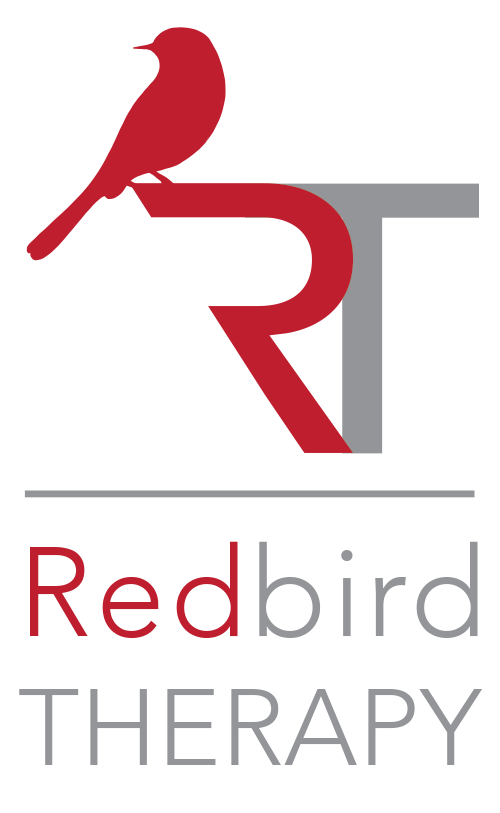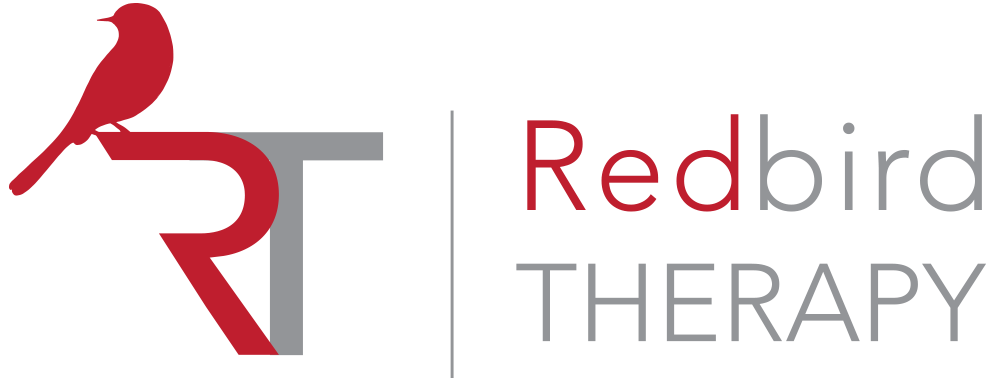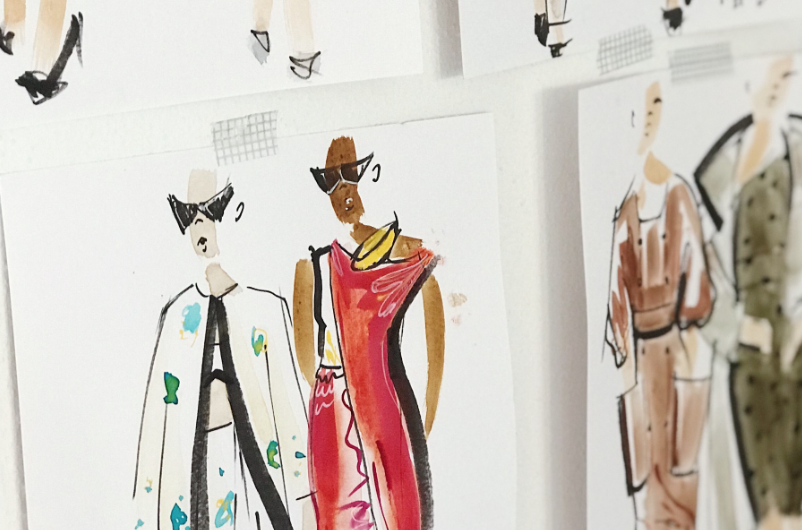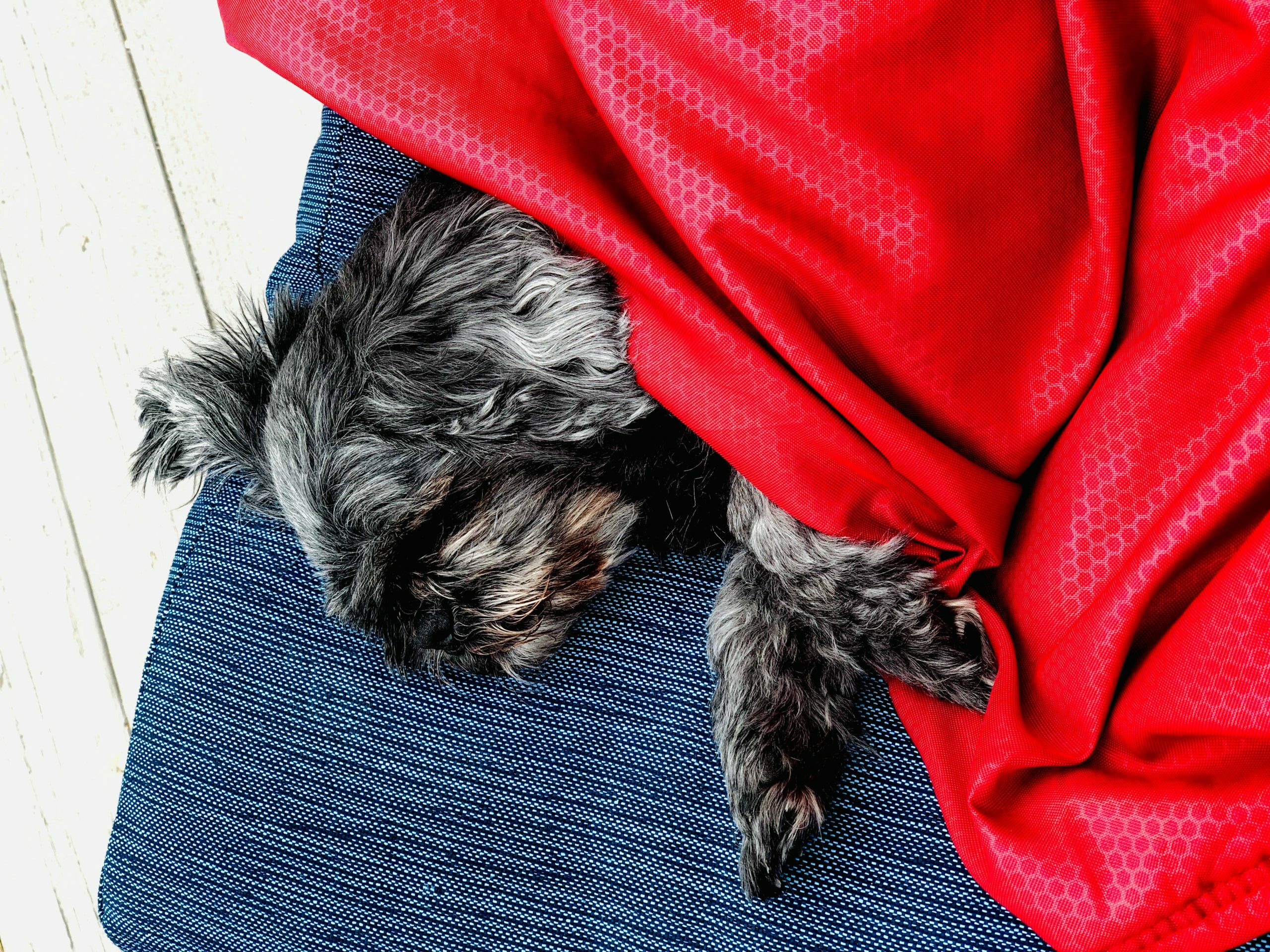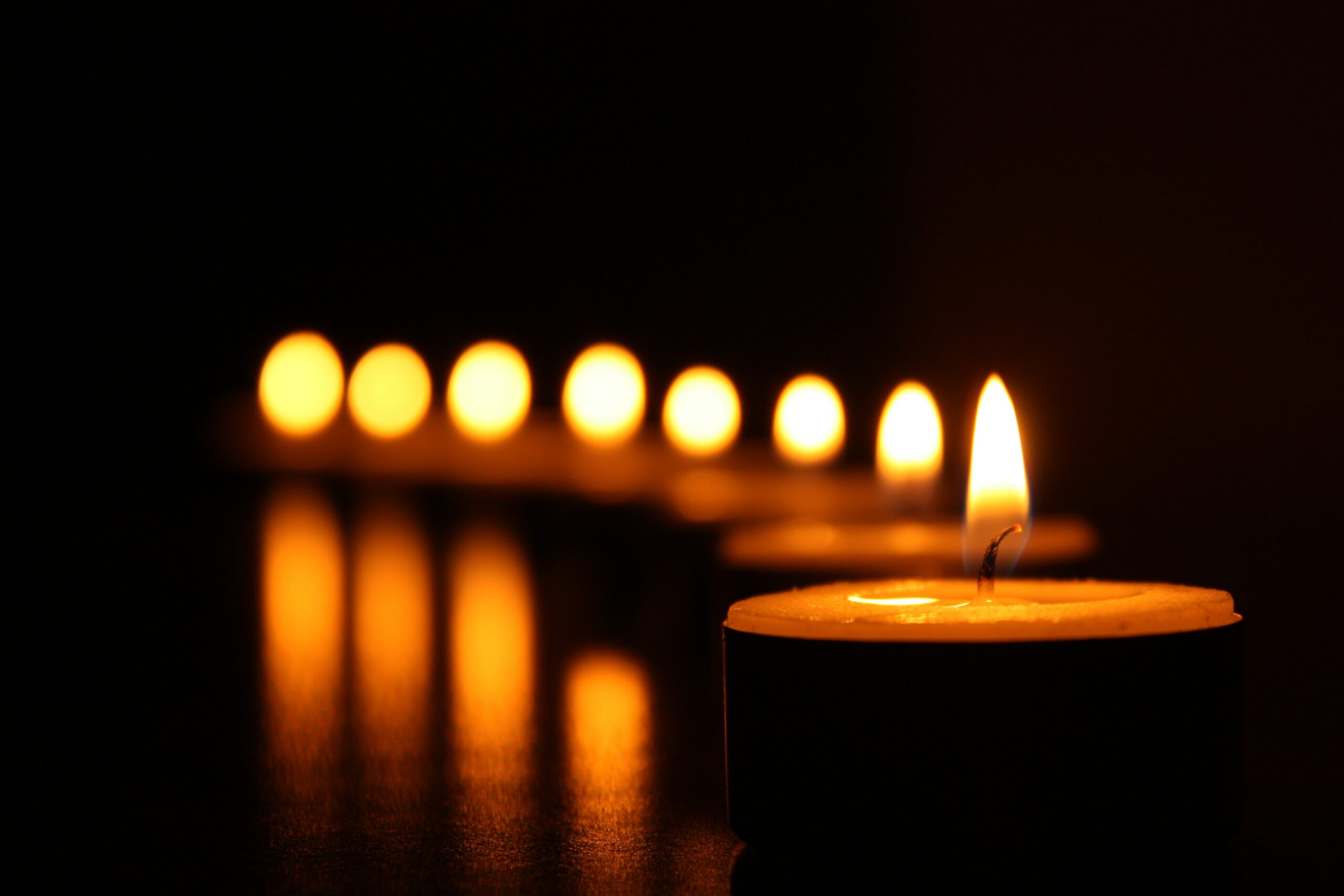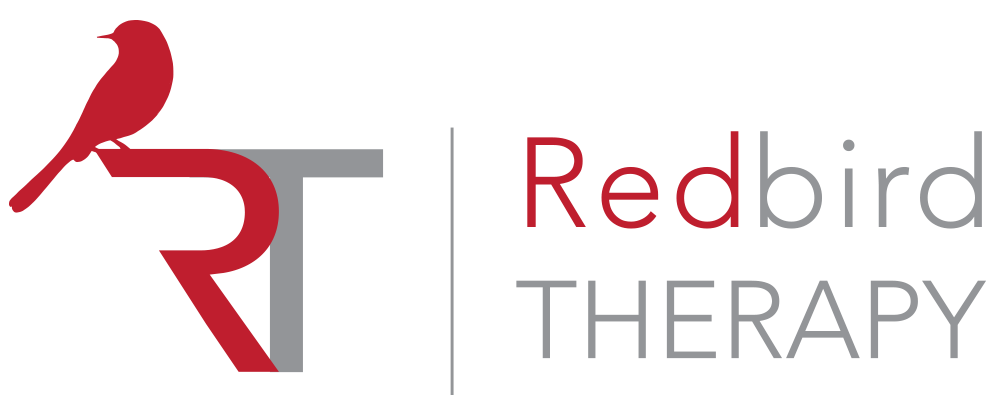By: Malgosia Wenderski, MEd Counselling Psychology Candidate, BSc
I invite you to think about words related to mental health. What’s coming to your mind right now? You may find these words floating in your thoughts: “exercise”, “self-care”, “eating well”, “baths” or “colouring books”. But what about fashion? Clothing? Accessories? Shoes? A connection between fashion and mental health may not exist for you. But we may all relate to the experience that our outfits or style have made us feel better about ourselves intentionally or surprisingly unknowingly.
Do you remember a time when your emotions or mood changed positively after dressing in something meaningful or fashionable? Is there an item in your wardrobe that makes you smile because of its boldness, colour, or memory? Have you adopted a value to look your best because that’s when you feel your best? In subtle ways, fashion can be an avenue that helps us embrace ourselves and be more confident in the spaces we roam. I have learned a lot while researching the subtle connections between mental health and fashion, but before I dive into that, let me introduce myself.
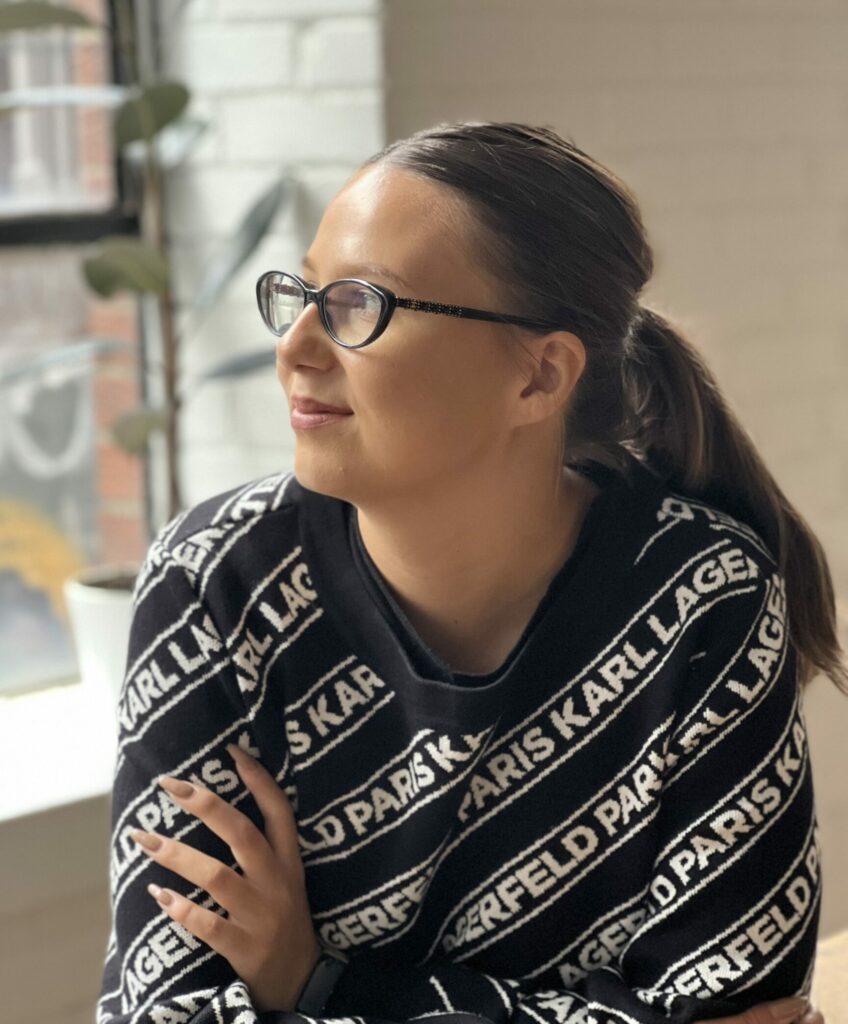
I am Malgosia. Nice to meet you! I am a masters student completing a counseling psychology program at the University of Lethbridge. I am also a Therapist-in-Training at Redbird Therapy Centre in Toronto and a counseling intern at UforChange. I have always had a passion for fashion as well as helping others be the best version of themselves. This propelled me to explore the relationship between mental health and fashion.
I quickly learned there is a dearth in research on fashion and psychology, and I had to do a lot of investigation to unearth foundational literature. A common thread I found was how clothing can subtly influence the wearer. Clothing can influence perceptions of ourselves.
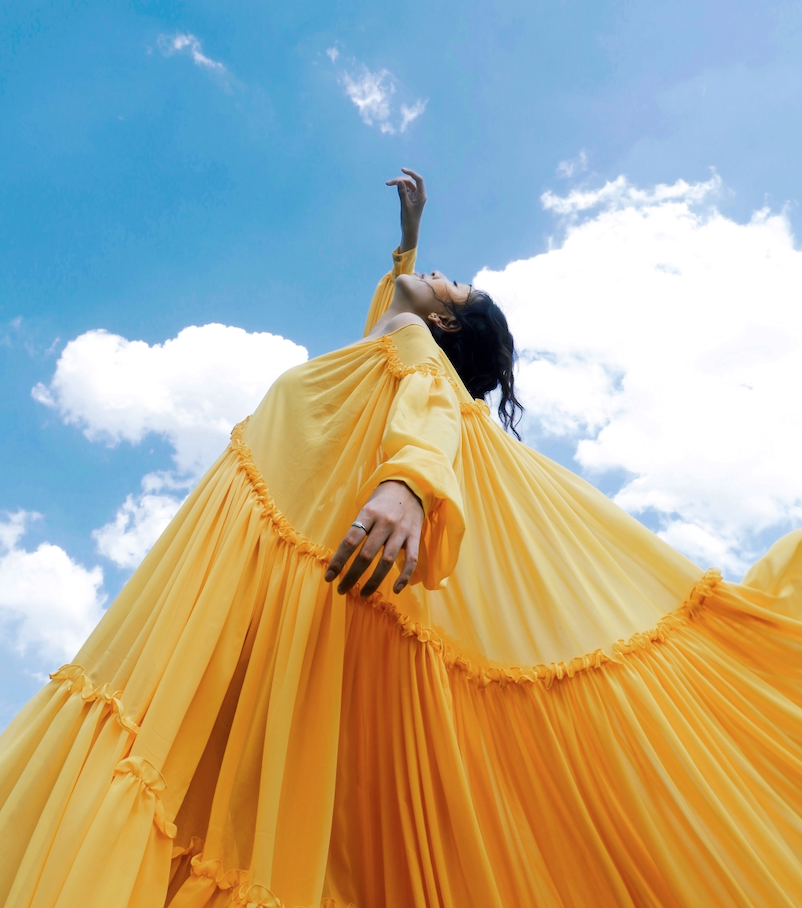
One study found that people in formal wear described themselves with formal adjectives (like “determined” and “punctual”), while those casually dressed used casual adjectives (like “easy” and “relaxed”) (Hannover & Kuhnen, 2002). Another area of influence is behaviour. In Adam and Galinsky’s (2012) study, participants that were dressed in a lab coat could focus on a task more effectively. Another area of influence is how clothing can kindle positive emotions by enhancing our mood (Raunio, 1982). Apparel can improve mood by wearing favourite clothing, feeling comfortable or feeling inspired, (Kallstrom, 2009; Moody et al., 2010; Raunio, 1982). Fashion can also help moderate our mood when navigating the social world by expressing individuality, enhancing a sense of belonging (Raunio, 1982), moderating social appearance anxiety (Kwon & Parham, 1994; Tiggemann & Lacey, 2009) and moderating self-judgement (Price & Pettijohn, 2006). Literature demonstrates how clothing can make a positive difference in our self-view, behaviour, and mood. But what lacks in this growing field is an exploration between fashion and mental wellbeing, and that is what my study hopes to address.
My research explores how the COVID-19 pandemic has impacted the use of fashion at home, and explores the relationship between fashion, mood and mental health for young adults. The survey for the study is linked here if you would like to participate: https://uleth.qualtrics.com/jfe/form/SV_5sQTmPzEwUo5UJ8.
You may be wondering how I found my way to UforChange. Well, I call it fate. I met Barbara Brown, Redbird Therapy Centre’s Clinical Director, and we created a partnership where I can complete my counselling internship at Redbird. You can say that Redbird took me under its wing. Redbird Therapy Centre offers Psychotherapy and Coaching services with a focus on supporting people to create change in their life and mental wellness.
Barbara Brown just happened to have met Lea Vares Greenwood, the Executive Director by chance! Barbara was thrilled to learn about UforChange which offers – get this – programs on Fashion Design, Fashion Illustration, and other programming for youth of Toronto! With our partnership established and knowledge about my thesis, Barbara was inspired to connect Lea and I, and offered an innovative partnership to provide UforChange students and alumni free counselling services.
This partnership has granted me the beautiful experience of supporting youth at UforChange since September of this year. Through counselling sessions, I provide a safe space to explore anything they wish to talk about, such as stressors, career, life transitions, relationships, goal setting, and more.
If you are also wondering about how you can access counselling, I can guide you. You can contact me at malgosia.redbird@gmail.com.
Redbird’s Webinars & Workshops: You are also welcome to the Redbird Therapy Centre website with information on upcoming webinars, workshops and group therapy opportunities: https://redbirdtherapy.ca/ .
Malgosia’s Research: To learn about my study’s results, which may be ready for Spring 2023, you can email me at malgosia.wenderski@uleth.ca.
Thank you for listening to my story.
I invite you to reflect on what your clothing makes you feel about yourself, and how it can make your day a bit brighter.
References
Adam, H., & Galinsky, A. D. (2012). Enclothed cognition. Journal of Experimental Social Psychology, 48(4), 918-925. https://doi.org/10.1016/j.jesp.2012.02.008
Hannover, B., & Kühnen, U. (2002). “The clothing makes the self” via knowledge activation. Journal of Applied Social Psychology, 32(12), 2513-2525. https://doi.org/10.1111/j.1559-1816.2002.tb02754.x
Kallstrom L. (2009). Why Do Clothes Create the Mood. Life Style.
Kwon, Y., & Parham, E. S. (1994). Effects of state of fatness perception on weight conscious women’s clothing practices. Clothing and Textiles Research Journal, 12(4), 16-21. https://doi.org/10.1177/0887302X9401200403
Moody, W., Kinderman, P., & Sinha, P. (2010). An exploratory study: Relationships between trying on clothing, mood, emotion, personality and clothing preference. Journal of Fashion Marketing and Management, 14(1), 161-179. http://dx.doi.org/10.1108/13612021011025483
Price, B. R., & Pettijohn, T. F. (2006). The effect of ballet dance at ire on body and self-perceptions of female dancers. Social Behavior and Personality, 34(8), 991-998. https://doi.org/10.2224/sbp.2006.34.8.991
Raunio, A.M. (1982). “Favorite clothes – a look at individuals’ experience of clothing”, in Tiggemann, M., & Lacey, C. (2009). Shopping for clothes: Body satisfaction, appearance investment, and functions of clothing among female shoppers. Body Image, 6(4), 285-291. https://doi.org/10.1016/j.bodyim.2009.07.002
